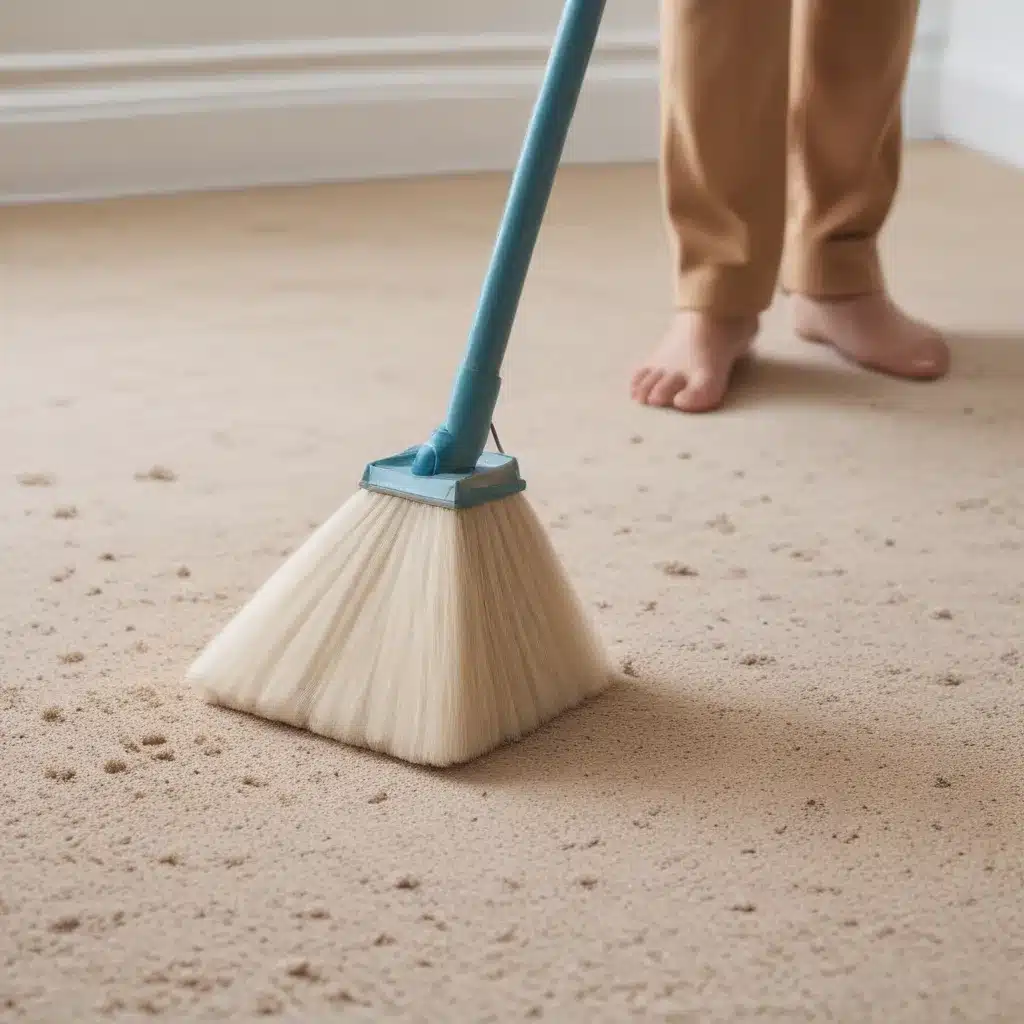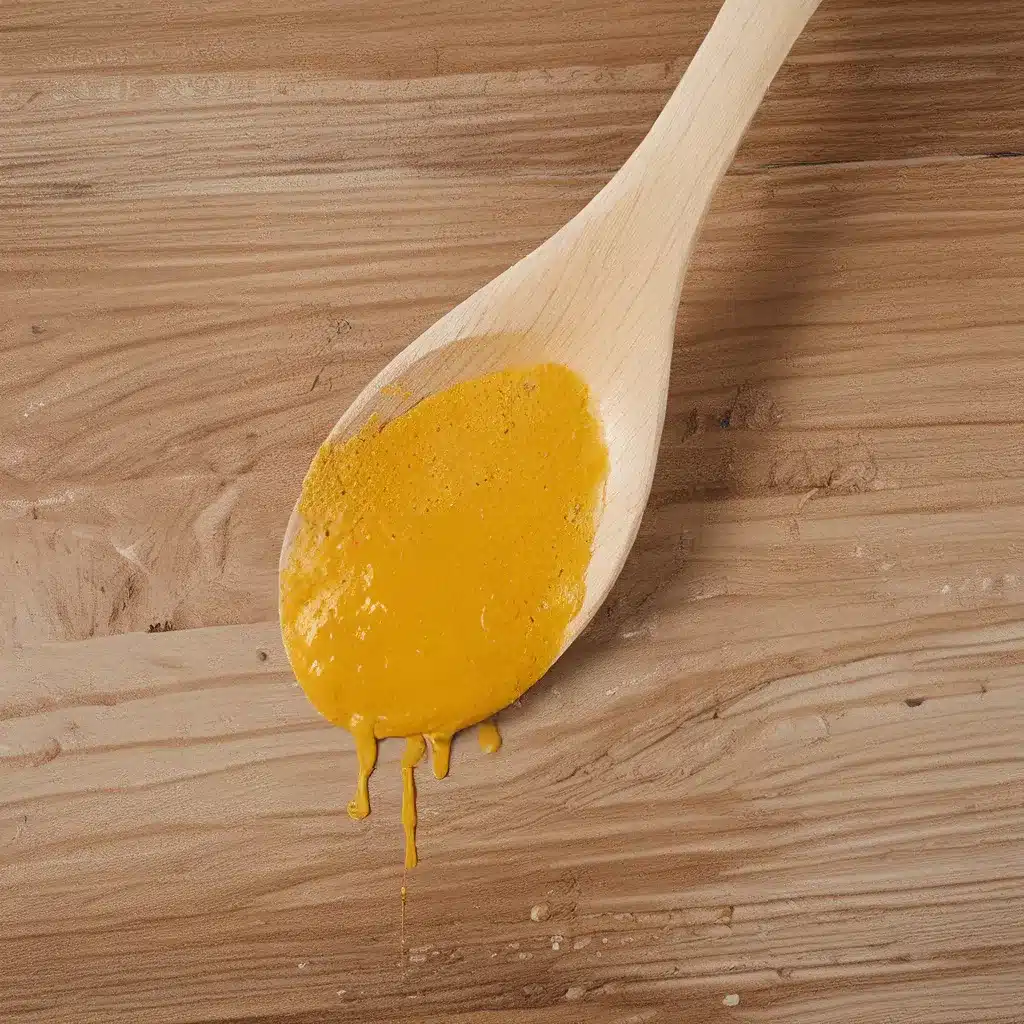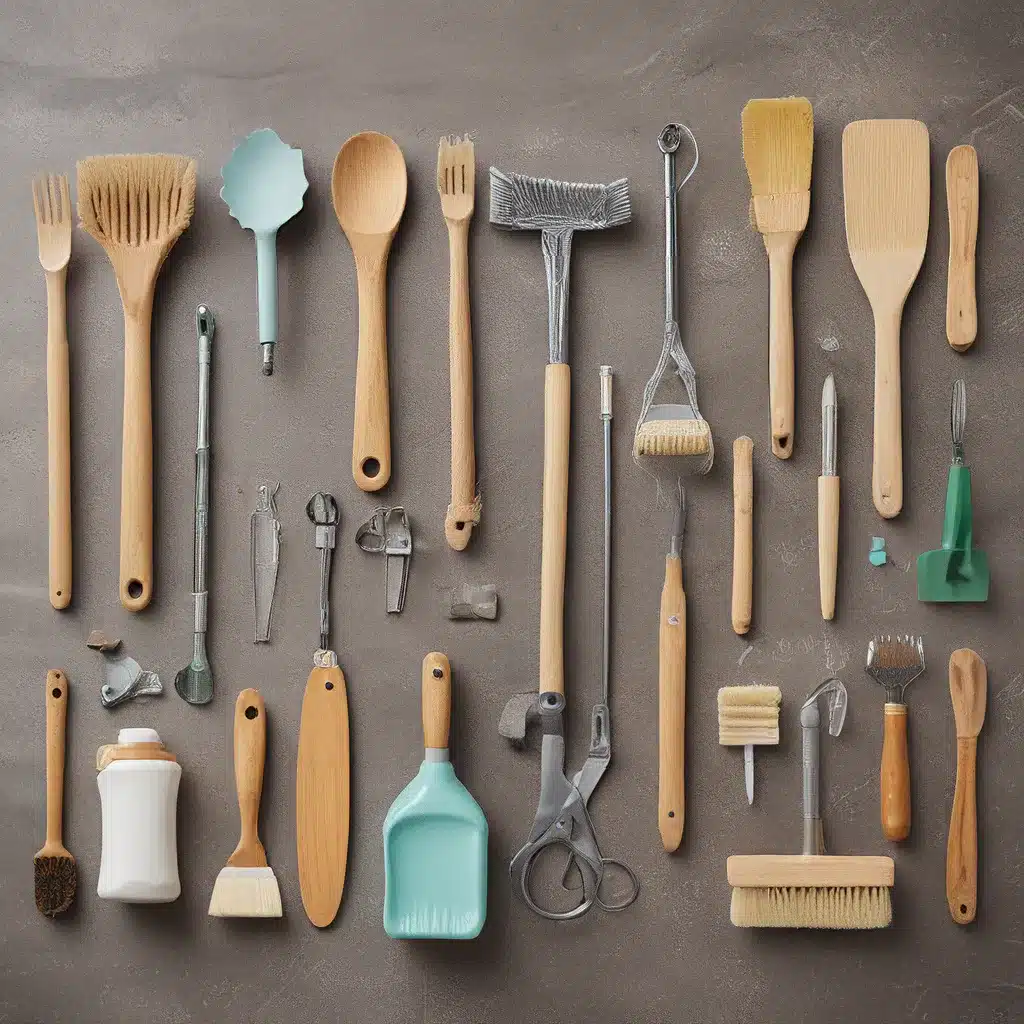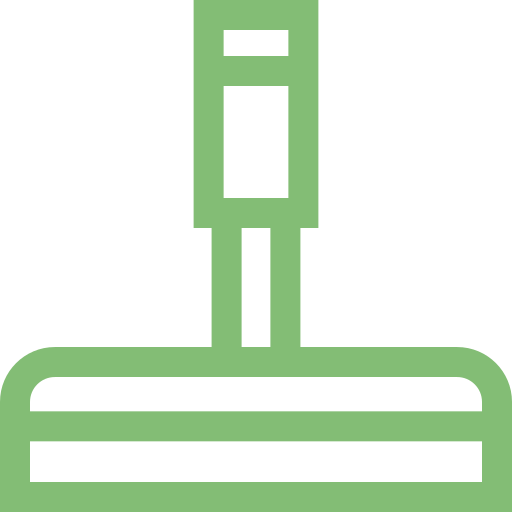
Introduction: Dusting is a Necessary Evil
Ah, dusting – the bane of every homeowner’s existence. It’s a never-ending battle against the relentless forces of entropy, an endless cycle of wiping, polishing, and cursing the very existence of dust. But fear not, my fellow cleaning warriors! Today, I’m here to share the quickest and easiest way to conquer this pesky nemesis once and for all.
As a seasoned veteran in the cleaning trenches, I’ve tried it all – from the standard rag and all-purpose cleaner combo to the latest high-tech gadgets and gizmos. And let me tell you, I’ve learned a thing or two along the way. So, grab your feather dusters and get ready to take your dusting game to the next level.
Understand the Anatomy of Dust
Before we dive into the nitty-gritty of dusting, it’s important to understand the nature of our foe. Dust is a curious and ever-evolving entity, a Frankenstein’s monster of pet hair, dead skin cells, and microscopic debris from the great outdoors. According to this video, it’s estimated that the average home collects about 40 pounds of dust per year. That’s roughly the weight of a small child – and we all know how much energy it takes to wrangle one of those!
But fear not, my friends, for knowledge is power. By understanding the composition of dust, we can better strategize our attack and ensure that our dusting efforts are as efficient and effective as possible.
The Tried and True Methods
Now, let’s talk about the classic dusting techniques. According to the Reddit discussion, many people swear by the good old-fashioned rag and all-purpose cleaner method. And I have to admit, it’s a solid approach. The key is to use a microfiber cloth or a lint-free rag, as these materials are specially designed to trap and hold onto dust particles rather than just pushing them around.
Another popular technique is the use of a duster – you know, those long-handled tools with the fluffy, feathery ends. This video suggests that dusters are particularly effective for reaching those hard-to-access areas, like ceiling fans, shelves, and the tops of armoires. Just be sure to give the duster a good shake before each use to remove any accumulated dust.
The Next-Level Approach
But let’s be honest, sometimes the classic methods just don’t cut it, especially in homes with a lot of nooks, crannies, and hard-to-reach surfaces. That’s where the next-level dusting techniques come into play.
This article from Apartment Therapy suggests using a lint roller or even a piece of packing tape to tackle those pesky baseboards. Genius, right? And for those of us with a love for all things tech, there are even robotic vacuums and dusters that can automate the process, leaving us free to focus on more important things (like browsing adamcleaning.uk for our next big cleaning project).
The Ultimate Dusting Toolkit
Now, let’s talk about the tools of the trade. Here’s a handy table to help you build your ultimate dusting toolkit:
| Tool | Use |
|---|---|
| Microfiber Cloths | The MVP of dust-busting, these cloths grab and hold onto dust like a magnet. |
| Feather Dusters | Perfect for reaching high shelves and ceiling fans without the strain. |
| Lint Rollers | Tackle those hard-to-reach baseboards and tricky surfaces with ease. |
| Robotic Vacuums | Let the machines do the work while you kick back and relax. |
| All-Purpose Cleaner | A trusty sidekick to your microfiber cloth for an extra clean shine. |
Conclusion: Embrace the Dust-Busting Lifestyle
Dusting may never be the most glamorous or exciting part of our cleaning routines, but with the right tools and techniques, it can be a quick and painless process. And let’s be honest, there’s something deeply satisfying about watching those dust bunnies disappear, leaving behind a sparkling, pristine surface.
So, embrace the dust-busting lifestyle, my friends. Unleash your inner cleaning warrior and conquer that pesky nemesis once and for all. Your home (and your allergies) will thank you.






